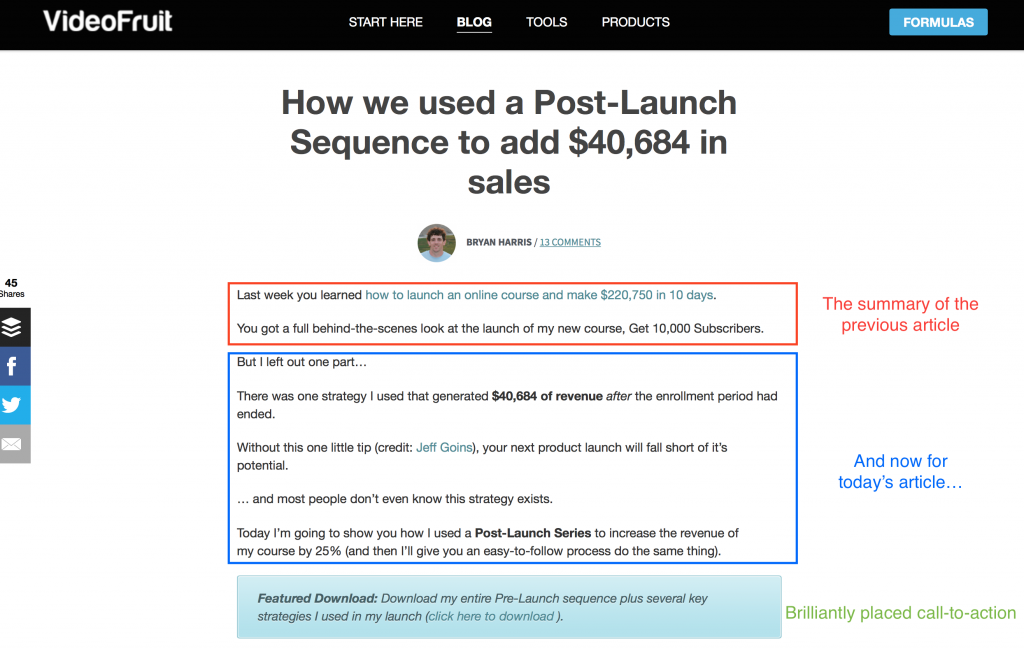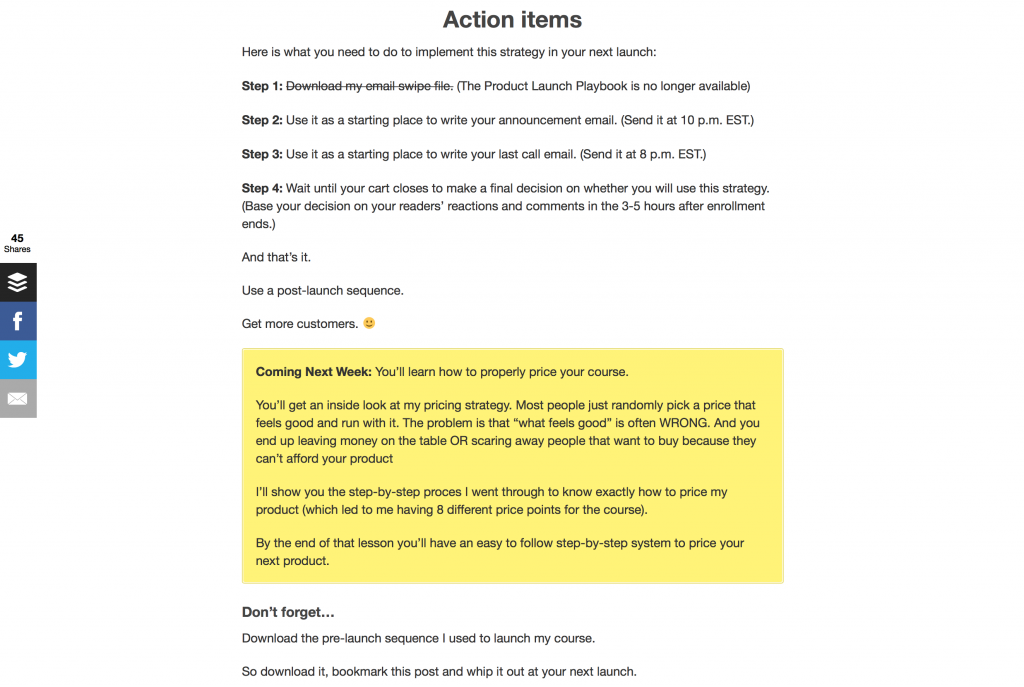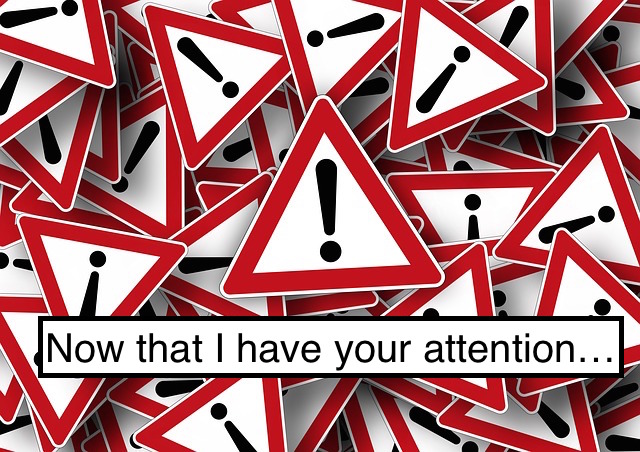
The definition of a blog has rapidly changed. What was once nothing more than an online diary is now the must-have platform for any business. Blogging has transformed from a cocoon to a butterfly and then to an eagle.
Blogging has defied many limits that had a stronghold just a few decades ago.
Our view of blogging is constantly changing with every new day. My view of blogging is always changing based on what I do and what I observe. Out of everything that has impacted my view of blogging, these five facts changed my view of blogging the most.
I am sure they will change the way you view blogging too. You won’t want to miss this list.
#1: Your Blog Is A Novel
That means two things. The first thing is that your blog is going to have a boatload of content. Right now, if I took all of the content on this blog and turn it into a book, it would be over 1,000 pages long.
Part of the reason is that bloggers think of a variety of ideas and turn them into blog posts. The way most bloggers approach blogging is to write about a common topic without structure from one blog post to the next.
What makes people reading today’s blog post then want to read yesterday’s blog post and eagerly wait for the next blog post?
And more specifically, what allows this interest to remain the same regardless of which page your visitor starts on?
When optimized properly, a blog can be more attention grabbing than a novel. That’s because regardless of whether a visitor is reading your first blog post or your 100th blog post, that visitor can still find interesting content that provides a proper transition.
If you start reading a novel at Chapter 10, the novel won’t be as attention grabbing since you missed some of the important stuff. The first blog post a visitor reads on your blog, regardless of when it was published, is (for that person) the first page of your novel.
So how do you transition from one blog post to the next. The answer is to briefly mention the previous blog post and then end with a teaser to the upcoming blog post. No one does this better than Bryan Harris:

And now for the teaser to the next blog post.

I am immediately (but non-aggressively) presented with another option and am then told what will come next.
All of his blog posts follow this structure, so it’s easy to get stuck on his blog and lose track of the time. In 2016, you may see something similar on my blog.
#2: Popular Blogs Are Starting To Turn Into Picture Books
When I first wrote blog posts for this blog, I didn’t want to include any pictures. It’s a good thing I changed my mind.
For a while now, I have been posting a picture at the top of all of my blog posts. The picture presents a lead-in that gives people an idea of what they can expect from the blog post. The pictures also generate more social shares for my blog posts.
In light of a common pattern and a 2016 resolution, I am trying something different. I am making it a point to include more pictures throughout my blog posts. I
The human mind processes an images 60,000 times faster than text. That’s powerful.
I like to read several social media blogs to enhance my knowledge. Over the years, these blog posts continue providing valuable content. What I also noticed is that over time, these blog posts also turned into mini picture books.
Some of these blog posts now have over 10 pictures within the blog post. But social media experts aren’t the only ones with picture book style blog posts.
BuzzFeed was built on those types of blog posts. Most of their blog posts are only a few hundred words and stuffed with pictures and GIFs. And it’s been working quite nicely for them.
I recently wrote a guest post for BlueLog. I heard about BlueLog after I wrote a guest post for Jeff Bullas. For both Jeff Bullas and BlueLog, I had to write guest posts that included several pictures throughout the post.
If I didn’t have those extra pictures, my guest posts wouldn’t have been published.
The top people in the game understand the value of pictures. They are providing value in a picture book style. If you are not writing blog posts with multiple pictures per blog post, then you are missing out on engaging with your readers in a more powerful way.
#3: A Successful Blog Is A Team Effort
This is true about so many areas of life, and especially blogging. You need a team around you to grow. Part of the reason is that your team can increase your blog traffic.
When my guest post got published on BlueLog, the people who worked for BlueLog tweeted my guest post several times throughout the day. All of these people have thousands of followers which meant the blog post got a nice pinch of traffic on the day it got published.
When I wrote my guest post for Jeff Bullas, I learned about who helps make his blog a success. He has an editor who proofreads the content, and guest bloggers like me provide him with free content.
If Jeff managed his blog without any help, it would be a very different experience. With Jeff in mind, I decided to ask for help. More specifically, I outsourced parts of the process.
Now I never create the picture that goes on the top of my blog posts. Someone else does that for me. Someone else is growing my Twitter audience by implementing my tactics. Someone else is scheduling my tweets and promoting my content.
If I didn’t have all of this help, I wouldn’t have enough time to explore the opportunities that I am exploring now.
#4: Blog Readers Are Busy Skimmers
Let’s face reality.
When a blogger writes a 1,000+ word blog post (much like this one), readers skim through and look for the most important stuff.
So is it a waste to write these long blog posts? The answer is no. Some people do read through the entire blog post, but most readers are skimmers.
What you have to do is write a blog post for skimmers. Make it easy for your readers to find the key points. For example, using the bold font makes it easy for some of your content to stand out.
Using shorter paragraphs will also make it easier for people to read your blog posts. People don’t want the giant block of text. They want tiny paragraphs.
I once had a policy of no more than five lines per paragraph. Now I’m looking at a maximum of three lines per paragraph. These ridiculously short paragraphs, although numerous, are easier to read than a block of text.
What else works? Using pictures. It’s the main reason more blog posts are turning into picture books. Even if you were just skimming through this blog post and didn’t bother reading this paragraph, I bet my lucky horseshoe that this got your attention.

That’s what pictures do. They are much easier for the human mind to process than text. As a result, you get to keep the attention of your readers for a longer period of time.
#5: The Competition Is Thick
Nothing new. But the way you interpret old information can lead to new discoveries.
There are thousands of bloggers doing the same thing as you. You need differentiating factors that give your content a unique voice. That way, your readers will recognize you within the crowd. They’ll remember to return to your blog.
Thick competition also provides more opportunities. Most people think of competitors as bitter enemies. However, you can team up with your competition so you pull each other upward. Writing blog posts about each other will result in more awareness for both of you.
In thick competition, you need to learn how to stand out. However, you also have to learn how your competition can help you and why they would want to help you. That way, you can both work towards a common goal.
In Conclusion
The blogging world changes as the days go by. New possibilities are created and more methods get discovered. The way you view blogging impacts the way you write and structure your blog posts.
It is important to view blogging in light of some of the most important changes that have taken place in blogging. Changing the way you view blogging based on new things you come across will allow you to create a strong view that helps you propel your blog forward.
What are your thoughts about these blogging facts? Which one changed your view of blogging the most? Do you have any nuggets of information that would change the way we view blogging? Sound off in the comments section below.






